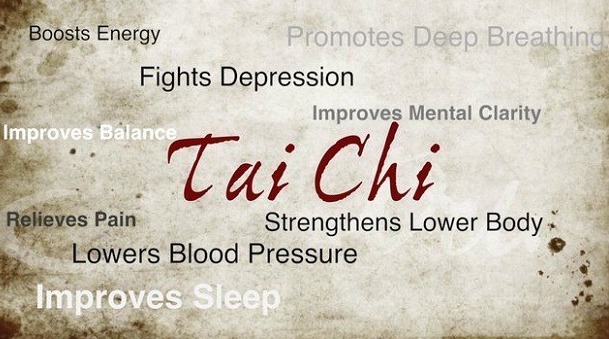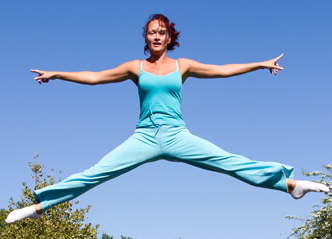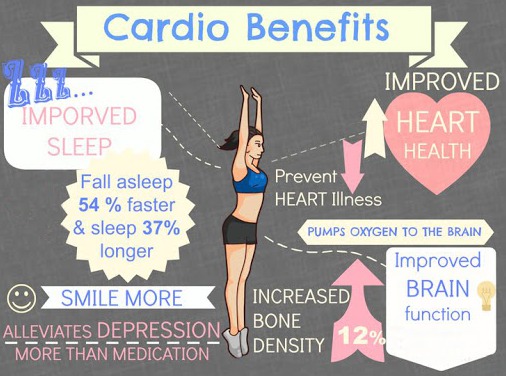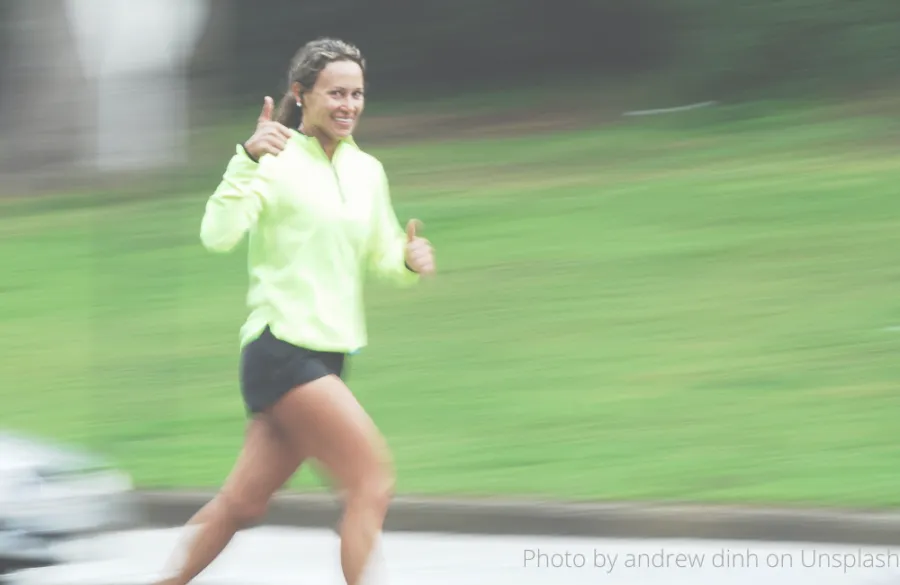My Blog

Can exercise help with depression?
While people who suffer with depression often struggle with physical activity, you might well ask “Can exercise help with depression?” And is it worth the effort, especially when you don’t even want to get out of bed? The answer would have to be an emphatic yes! There are numerous studies showing the benefits of exercise and it can be an effective treatment for depression. That being said, it can, and perhaps should, be used in conjunction with other treatments too (including medication if that is necessary). See Natural Ways to Help with Depression for more ideas. Here are some exercises that are particularly helpful for depression.
1. Yoga
Yoga is generally most people’s go-to when it comes to exercises that make you relaxed. But yoga not only has positive effects in the short term: studies show that people who take yoga classes experience significant reductions in anxiety, depression, anger, and neurotic symptoms.
Yoga focuses on deep breaths and internal focus, which can be very beneficial for people dealing with anxiety or depression. It improves flexibility; involves mindfulness, which breaks up repetitive negative thoughts; increases strength; makes you aware of your breathing; improves balance; and contains a meditative component – all of which help to fight depression. Focusing on your breath is especially beneficial for your mental health because it’s difficult to be anxious when you’re breathing deeply.
Some yoga poses to fight depression are mentioned below. Try them regularly to notice significant changes.

Child pose to relieve stress and anxiety
a) Balasana (Child Pose)
Balasana helps calm your brain and relieves stress and anxiety. It gently stretches your lower back and hips, enabling your body to relax. Peace and calm prevail over your entire being, helping you deal with your depression better.
b) Sethu Bandhasana (Bridge Pose)

Bridge pose relieves a tired back
Sethu Bandhasana strengthens the back muscles and relieves a tired back. It helps you relax and works wonders for people suffering from stress, anxiety, and depression. It opens up your heart, making you feel light and at ease.

Upward facing dog rejuvenates the body
c) Urdhva Mukha Svanasana (Upward-Facing Dog Pose)
Urdhva Mukha Svanasana can relieve mild fatigue and depression. It has an overall rejuvenating effect on your body, and the stress trapped in your back will vanish.
d) Adho Mukha Svanasana (Downward-Facing Dog Pose)

Downward dog stretches the back
Adho Mukha Svanasana enables fresh blood to flow into your body. It stretches the neck and cervical spine, releasing the stress in them, thereby reducing anxiety and calming your being.
e) Halasana (Plough Pose)

Plough pose calms the mind
Halasana reduces the strain on your back and enhances your posture. It calms your brain and reduces stress. It keeps headaches and insomnia at bay. This is one of the best calming poses for your nervous system.
f) Savasana (Corpse Pose)

Corpse pose allows you to rest
Savasana rejuvenates you and helps your body relax. It reduces blood pressure and lets the effects of the previous poses sink in better. Finally, after all the mind and body invigorating poses, Savasana will allow your body to rest and heal.
2. Running
Running is often recommended as a way to lessen the effects of depression and even elevate the mood. Many people turn to a quick run or jog when they’re feeling down, and for good reason. Running releases endorphins, natural feel-good chemicals in your body that give you an euphoric feeling. It has been found that running is just as effective as psychotherapy in alleviating symptoms of depression.

3. Dancing
Whether you’re taking a Zumba class, salsa dancing with a partner, or just grooving out to some music in the comfort of your own home, dancing can help can help relieve stress and anxiety.
In addition to being physically active, many people see dance as a form of personal expression, which can help strengthen the connection between the mind and the body. Dance therapy is grounded in the understanding that motion and emotions are tightly linked. It is an expressive art, which means the movement of their body helps people express how they think and feel.
Dance improves your heart health, overall muscle strength, balance, and coordination, and reduces depression. People who dance improve their mental health and enhance their mood.

4. Strength Training
Did you know that strength training can help to ameliorate and even relieve depression over the long term?
People are more likely to associate strength training with building muscle, but it can also have strong mental effects as well. While the physical benefits of strength training are widely known, there are plenty of psychological benefits to reap too.
Strength training improves mood and self-esteem, regulates sleep, and reduces stress, which can all contribute to overall feelings of well-being.

5. Tai Chi
Tai chi is a form of mind-body exercise that originated from China. It combines Chinese martial arts and meditative movements that promote balance and healing of the mind and body, involving a series of slowly performed dance-like postures that flow into one another.

As it requires mental concentration, physical balance, muscle relaxation, and relaxed breathing, Tai Chi shows great potential for becoming widely integrated into the prevention and rehabilitation of a number of medical and psychological conditions. Tai Chi interventions have beneficial effects for a range of psychological well-being measures, including depression, anxiety, general stress management, and exercise self-efficacy.
6. Bouncing
While we all consider the health benefits of walking and jogging, we are seldom aware of the benefits of jumping. If you spend some time in doing a jumping exercise, you can notice for yourself how it is improving your mental health. Jumping will increase the intake of more oxygen and this will keep the brain cells more energetic. This will improve your concentration and will keep you in a good mood throughout the day.

Jumping or bouncing exercise is a fun activity that can keep depression at bay. This is mainly due to the release of serotonin that will keep you in a positive mood and will help you to relax.
7. Cardio & Aerobics
The benefits of exercise have been found to make a difference for those who are feeling anxious or depressed. This indicates a very real – and strong– link between exercising and mental health.

Aerobic exercise improves blood circulation and supplies the brain with more oxygen. The increased oxygen and blood flow clear the mind, making thinking clearer, improving focus, and helping you overcome minor worries.
Conclusion
For people that have never experienced mental health issues, depression and anxiety can be difficult to understand. People who experience mood disorders know how crippling these feelings can be. While medicines are available to help combat these symptoms, they often can have side-effects. Sometimes, the best way to deal with long-term anxiety and depression is exercise regularly to keep the head clear of the negative thoughts that evolve with depression.
Before you take up a new exercise regime, please consult your medical advisor. The information in this article is for general information purposes only. It is not intended as medical, health, nutritional or other advice. You should obtain professional advice from a medical, health or other practitioner in relation to your personal circumstances.
Handcrafted by Coach Foundation | Copyright © 2023 Ihliksir Pty Ltd. All Rights Reserved.

Why take an omega 3 supplement?
Please assume that any/all of the links from this website are affiliate links from which we may receive a small ...

Beginner’s Guide: What is eating healthy food?
One of the cornerstones of good health is what you eat. You need good nutrition to provide the necessary materials ...

11 Ways to Improve your Self Confidence
Self confidence at work will do wonders for your life and career whereas a lack of confidence could hamper your ...

Impressing a Woman With Your Body Care
Stress is a useful and required for a normal, healthy, functioning body. In fact, a little stress is necessary in ...

Natural Ways to Help with Depression
Depression can be debilitating and can have a severe impact on your work and life. Learning natural...

Can exercise help with depression?
While people who suffer with depression often struggle with physical activity, you might well ask "Can exercise help with depression?" ...

Top 5 Foods that Reduce Stress
Stress causes damage to your body. Busy schedules, work deadlines, and other environmental factors promote stress and reduce the natural ...

Sleep Your Way to Better Leadership
“It takes courage to grow up and become who you really are and to lead others.” adapted from E. E ...

How to Eat Healthy When Eating Out
It's time to celebrate and everyone's going out, enjoying themselves. Do you go out with your friends and gorge on ...

Stay Healthy While Travelling
* The links on this page are affiliate links. If you make a purchase from my link, I may receive ...

20 Easy Healthy Lunch Ideas
Here are 20 very easy, healthy lunch ideas. I know that if it’s too hard, you won’t even bother – ...